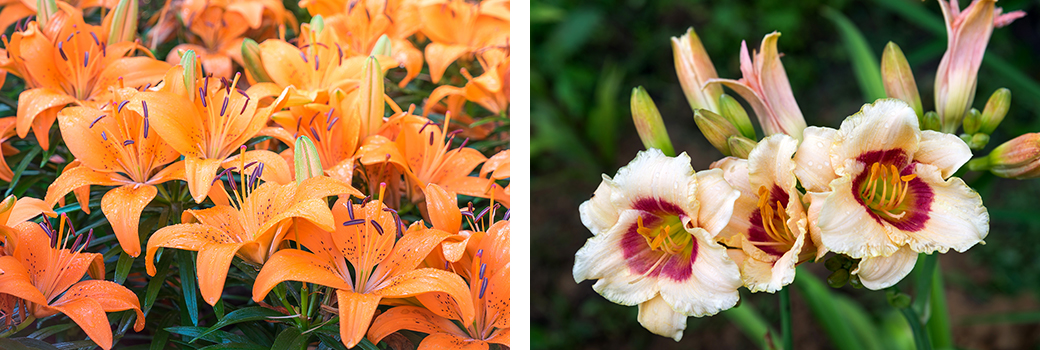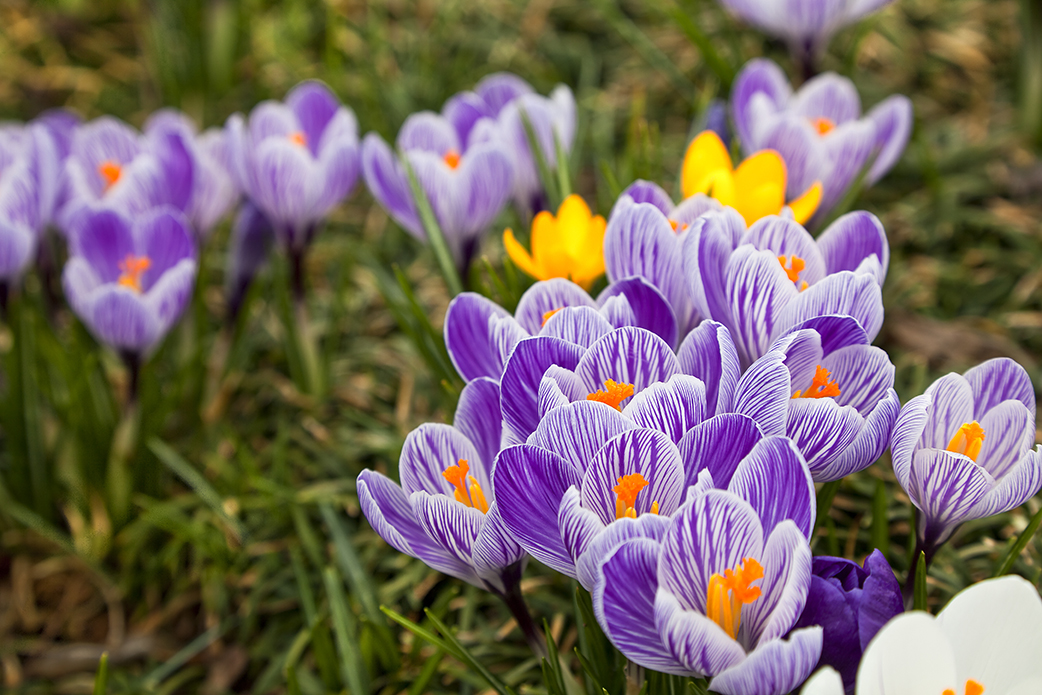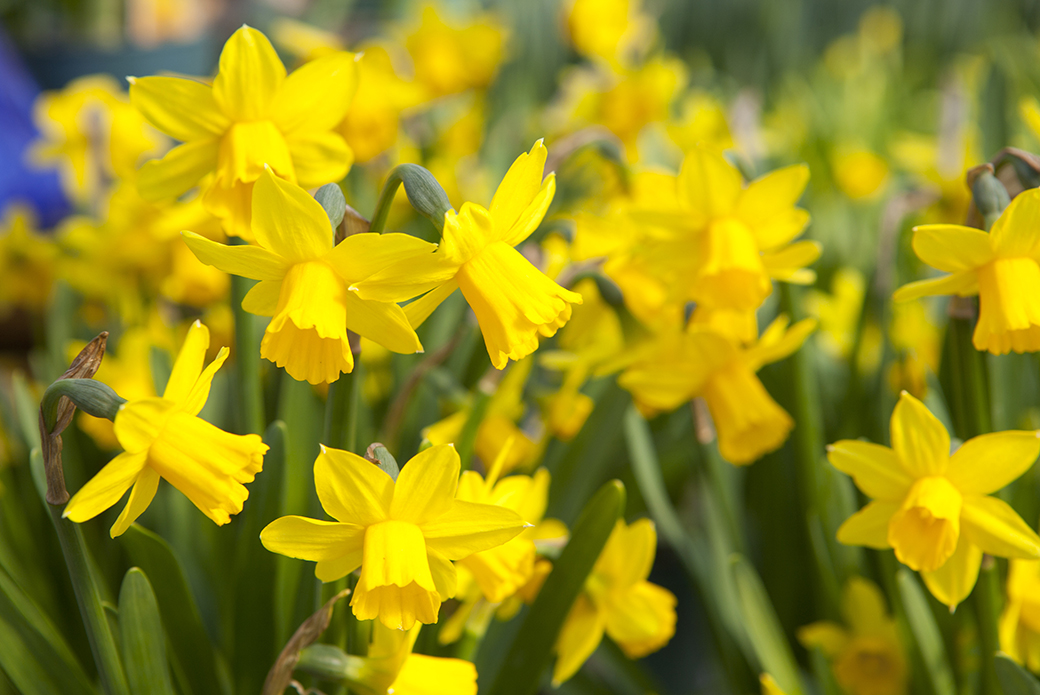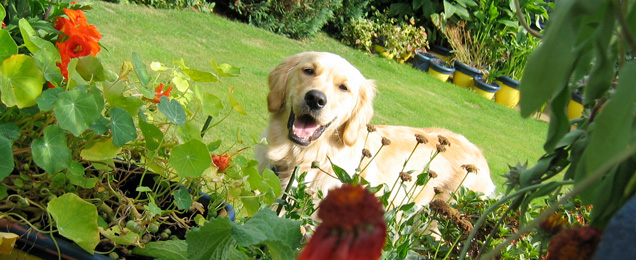Birds are singing, the sun is shining and it’s finally spring! Many of you might be ready to get out your shovels and spades since this is the perfect time to get a jump start on annual gardening. But before you get those plants in the ground, the ASPCA Animal Poison Control Center (APCC) wants to make sure you’re up-to-date on how to keep that gorgeous spring garden safe for your furry friends.
Which Spring Plants Should I Look Out For?
When we think of dangerous plants, lilies tend to top the list. Cats are most at risk when it comes to ingesting lily plants, and the symptoms are serious. Ingesting both types of true lily plants (Daylilies and Asiatic lilies) can result in severe kidney issues and even death for cats, so make sure to be mindful when planning your garden.

Daylilies (left) and Asiatic Lilies (right)
Additionally, other plants that can pose serious threats to your pet’s health are Tulips, Hyacinths and Irises. All three are considered toxic to both dogs and cats, and can cause vomiting, diarrhea and drooling if ingested. All parts of these plants contain toxic components. However, the bulbs are especially concentrated—making it the most dangerous part.

From left to right: Tulips, Hyacinths, and Irises
Another common toxic plant is the Crocus, but did you know there are two kinds? One blooms in the spring (Crocus sp.), and one blooms in the fall (Colchicum Autumnale), but they are both toxic. The spring Crocus may cause gastrointestinal upset like vomiting, diarrhea and drooling if any part of the plant is ingested. Fall Crocus on the other hand, may cause much more severe symptoms like excessive vomiting, diarrhea, liver and kidney damage, as well as possible bone marrow damage.

Crocuses
Finally, the Daffodil is another toxic spring plant to keep an eye out for. The Daffodil bulb is especially toxic, and can cause vomiting, diarrhea and drooling. If ingested in high amounts, all parts of the Daffodil may cause depression, hypotension and even seizures in both dogs and cats.

Daffodils
Keeping Your Garden Safe
While you’re on alert for possible toxic plants, don’t forget about other common dangers when gardening. While fertilizer is wonderful for your plants, it can be extremely appealing (and potentially dangerous) to curious dogs. When ingested, fertilizers can cause vomiting, diarrhea and, in some cases, weakness or stiffness in your pets’ hind legs.
Additionally, insecticides may help to keep annoying bugs away from your beautiful garden, but if the directions on the label are not followed, these products can be dangerous to pets. Always use caution when dealing with insect poisons.
Best practice when gardening is to make sure to keep your pet out of the area when you are using fertilizers and insecticides, and follow all the label instructions. If you feel your garden is incomplete without one of the above spring plants, be sure to keep your flowers fenced off and keep any curious paws away from the garden.
Looking for more information on spring garden safety? Check out our podcast below where APCC Medical Director, Dr. Tina Wismer, discusses poisonous spring plants and more!
If you suspect your pet has been exposed to any poisonous substances, contact your veterinarian or call Animal Poison Control Center (APCC) at 888-426-4435 immediately.
~At Heart Arrow We Love Pets~
Thanks to ASPCA for portions of this article

